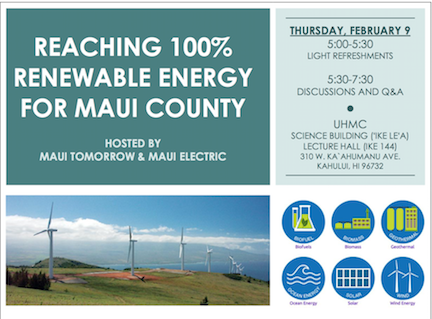By Henry Curtis
Synopsis: Only HECO and regulators are permitted to know the comparative costs of different types of energy.
HECO presented an “Oahu Energy Price Comparison” at a somewhat public Hawaii Clean Energy Initiative (HCEI) Plenary Session (May 2, 2011).
The document labeled “Confidential – Limited Distribution” is posted on the HCEI website. The document (page 3) purports to state the relative cost impacts of different types of energy.
Although HECO operates several different types of generators, some installed before statehood, and although some of their generators use different types of fuels, HECO has just one price listed for their generation. That should alert the viewer that something is misleading.
There are no delivery costs included in the price comparison with the exception of an estimate for the not-yet-designed undersea cable. All on-island delivery (transmission and distribution) costs are not the same, as some of the prices are for generation located far away from where it is needed and some prices are for roof-top systems. These costs are missing from this comparison.
Even though HECO Power Purchase Agreements (PPAs) with Independent Power Producers (IPPs) have different prices for energy delivered at different times — on-peak (day) and off-peak (night) — these prices are lumped together as one price on the chart.
In addition, some intermittent renewable energy generators requires spinning reserves (the use of continuously operated 24/7 fossil fuel baseload units) to offset their fluctuations. These costs are omitted.
Many people are both ratepayers and taxpayers. The costs list are only the financial impacts to ratepayers. Some years ago we asked the State’s Consumer Advocate whether they cared about taxpayer impacts and their answer was no. The Consumer Advocate is required to represent consumers not taxpayers in PUC rate cases.
The price comparison is labeled “Marginal Cost ($/kWh).” How many ratepayers know how this term is defined?
Definitions are key. The Hawai`i Revised Statutes definition of “renewable energy” does not use any of the following terms: impacts, costs, indigenous, imported and/or sustainable. The term “clean energy” is not defined. Furthermore, under state law, certain uses of coal and oil can be counted as “renewable energy” and as “alternative fuel.”
In conclusion, the analysis is cute buy meaningless.


